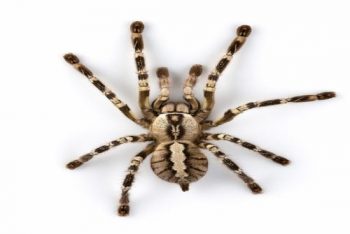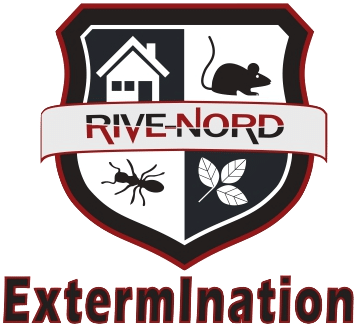Spiders Control and Exterminator

Insect
Spider
Common name: Spider
Latin name: Aranea
Appearance: Spiders have eight legs and their body is divided into two parts: the abdomen and the cephalothorax (fused head and thorax).
Habits: The end of the abdomen secretes silk which spiders use to spin their webs, their traps, their transportation, to wrap their prey and weave a cocoon to protect their eggs.
Food
Spiders are limited to a liquid diet. After capturing their prey, they suck the blood then impregnate and inject it with saliva which contains digestive enzymes, transforming the prey into a soup on which they feed. All spiders are, to some extent, venomous, even the few species whose venom glands secrete a gum that they spit on their prey, either to immobilize them or to kill them.
Reproduction
The majority of spiders in Canada have a life cycle of one or two years. Dwarf spiders (family Linyphiidae) only lay eight to ten eggs while the black widow spider (family Theridiidae) can lay 1,000 or more. In Canada, in grass fields, the density of spiders can reach more than two million per hectare.
Other
There are approximately 39,000 known species worldwide, but it is estimated that there are 170,000. In Canada, there are nearly 1,400 species, including two species of tarantula (Antrodiaetus Sphodros pacificus and Niger) and two species black spiders (genus Latrodectus mactans latrodectus variolus and L. hesperus) living in Ontario, Alberta and British Columbia.

